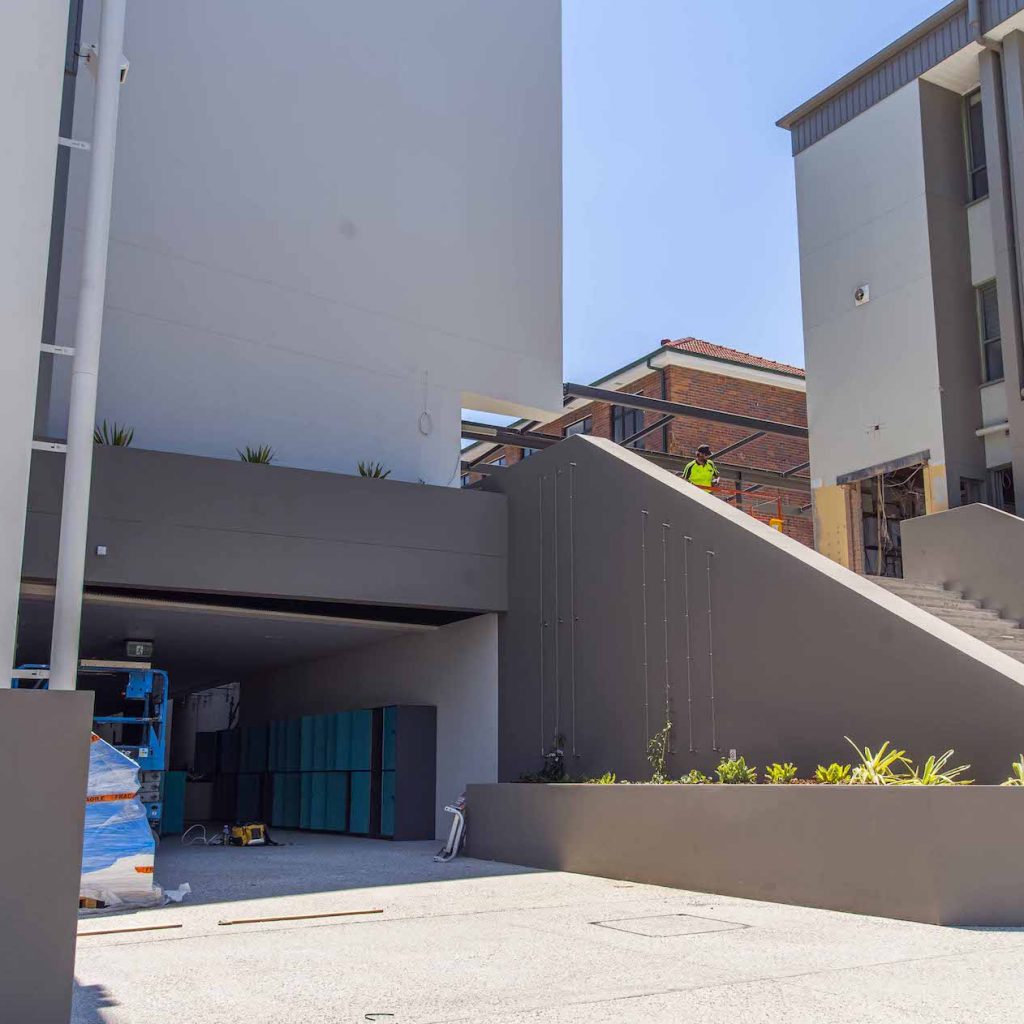It might come as no surprise that the construction industry has a significant impact on the environment in terms of waste and carbon emissions. However, many steps are being taken to develop a more sustainable construction industry. The world’s climate change crisis has surely helped construction companies incorporate more sustainable practices into their projects, and we foresee 2020 being a game-changing year for sustainability.
What is Sustainable Construction?
So, what exactly is sustainable construction? The goal for incorporating more sustainable practices in all construction phases is to reduce the industry’s impact on the environment. Reducing energy consumption and waste, using efficient building materials and incorporating green technology are just some of the methods to create a more sustainable industry. These methods are not an overnight process; it will cost time and money to create a more sustainable way of building. However, in the long run, it will offer significant environmental benefits, financial benefits and health and social benefits.
Modular Construction
Modular construction is a sustainable construction technique where a building is built offsite. Prefabricated buildings are produced in parts in a controlled environment like a factory of plant, and are then put together onsite. This type of construction is incredibly sustainable. Producing these modules in a factory or plant generates less waste by recycling materials and controlling inventory. Air pollution can also be controlled in this environment. Another advantage of modular buildings is that they can be disassembled and relocated for another use, therefore reducing the demand for additional raw materials and energy used to create a new building.
At Solutions Built, we use prefabricated techniques like Hebel, made from Autoclaved Aerated Concrete (AAC). Available in either blocks or panels, Hebel is very quick to build and easy to assemble. With regards to sustainability, Hebel offers superb insulation benefits by reducing the amount of heating and cooling required, therefore leading to energy cost savings. It is also sustainably manufactured by using readily available raw materials such as lime, cement and sand. All materials used are non-toxic and do not emit gases into the atmosphere. As for waste management, any manufacturing waste is recycled.
Building Information Modeling
Building Information Modeling (BIM) is a 3D model-based process that allows architecture, engineering and construction (AEC) professionals the insight and tools to efficiently plan, design and construct buildings. Not only does this technology revolutionise the way construction companies build, but it also offers sustainable construction benefits. For instance, BIM can reduce the number of excess building materials construction companies purchase and can also lead to more efficient building practices which reduce the number of resources like gas and electricity.
Waste Management on Construction Sites
It should come as no surprise that the construction industry generates a huge amount of waste, from roofing materials, to glass, drywall and metal. In 2020, we think we will start to see more and more construction companies adopting tactics to reduce waste. Here are a few tactics:
- Reduce the amount of materials needed and only use what is required. Systems like BIM and Hebel can assist with this;
- Reuse building materials from other construction projects and sites. Hebel is the perfect example;
- Opt for modular construction systems to minimise waste;
- Arrange a custom waste management plan to dispose of waste. This could include having separate bins on-site as well as frequent collections.
Resilient Construction Design
Resilient construction simply means building to withstand the elements, especially in areas prone to extreme weather events. Natural disasters such as flooding, bushfires and cyclones requires structures to be designed with resiliency at top of mind. For instance, using low carbon-input materials like recycled timber, cement and permanent formwork like Hebel. Concrete blocks and precast concrete can be bushfire resistant, flood resistant and provide a great defence against cyclones. In flood-prone areas, you might want to consider increasing the thickness of your external walls to prevent as much flood water penetration as possible.
Speak to Our Team About Sustainable Construction
Whether it is a home or a commercial build, sustainable construction is at the forefront of many people’s minds. If you would like to know more about the services and materials that we offer for a more green build, visit our website. If you would like us to guide you on building sustainably in 2020, please get in touch.
